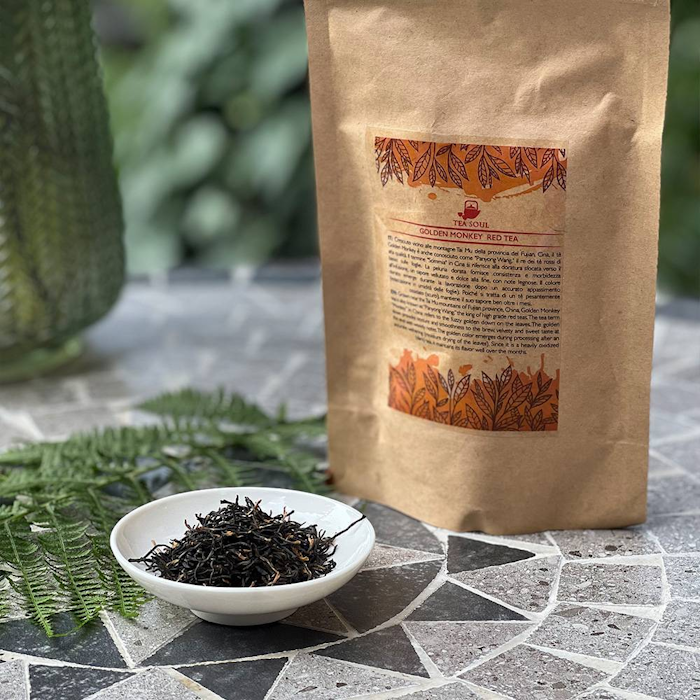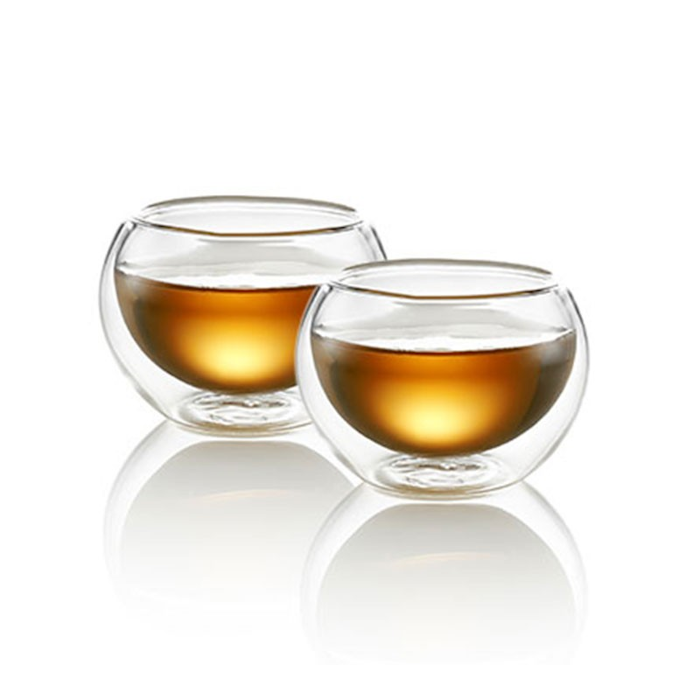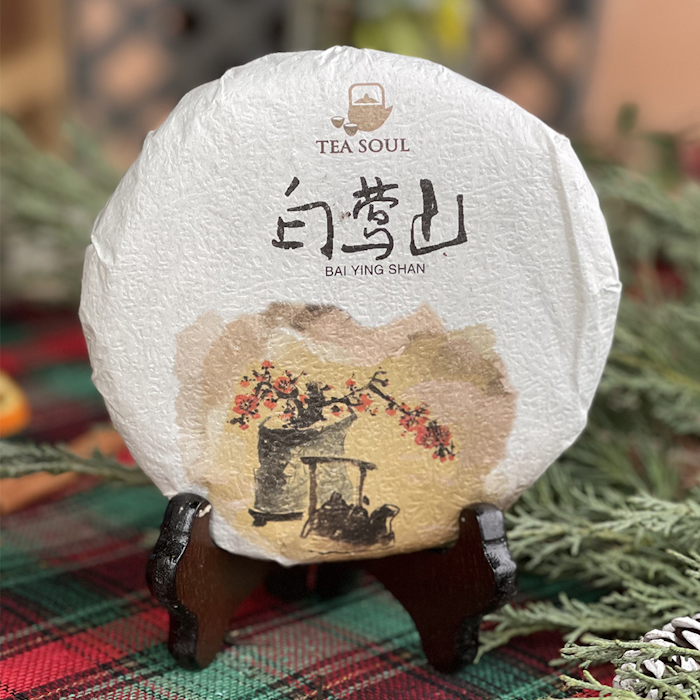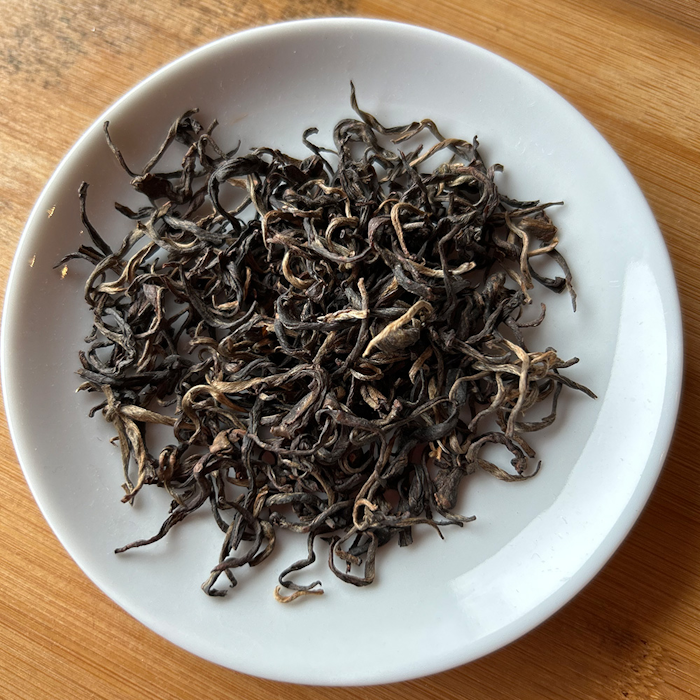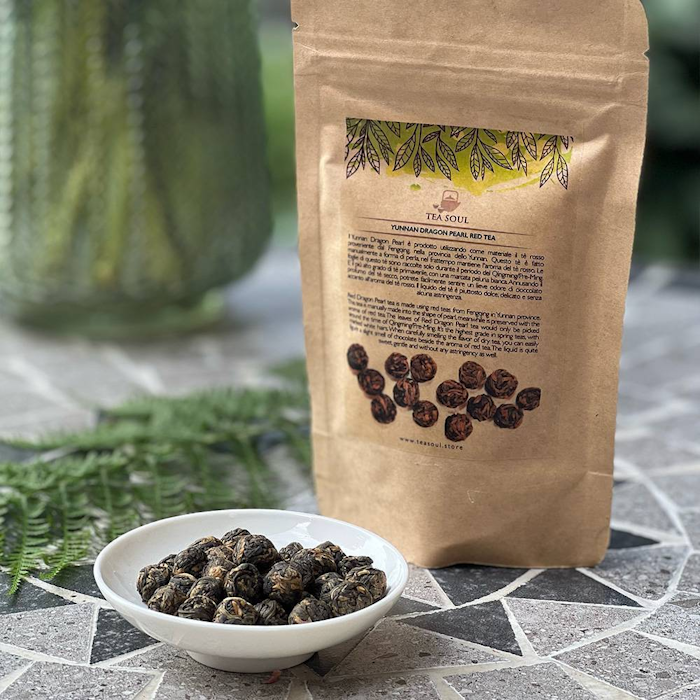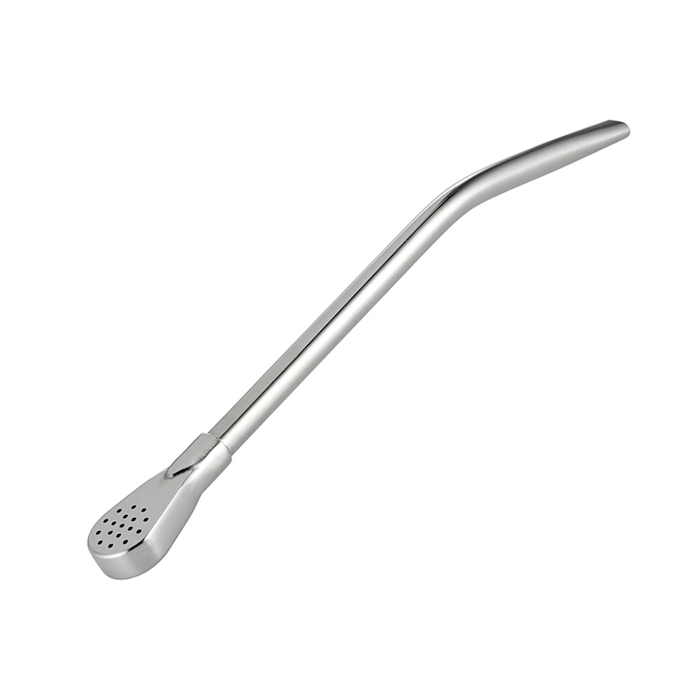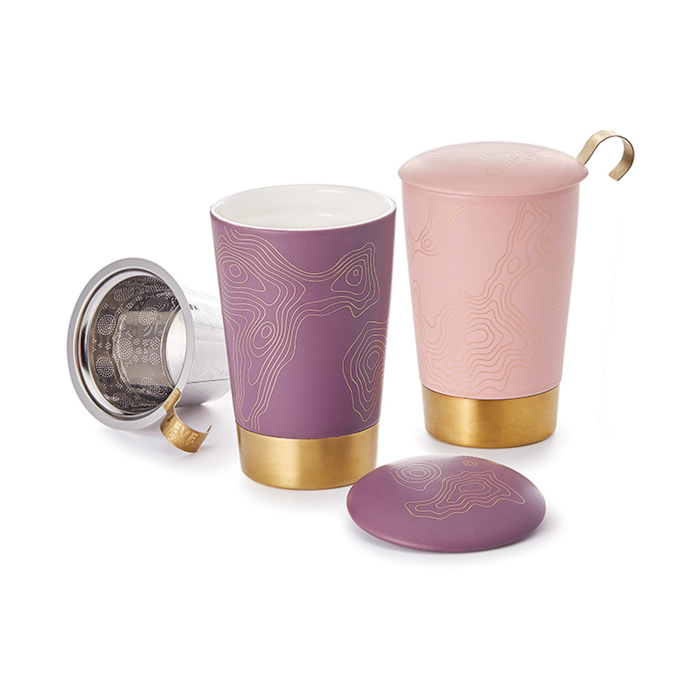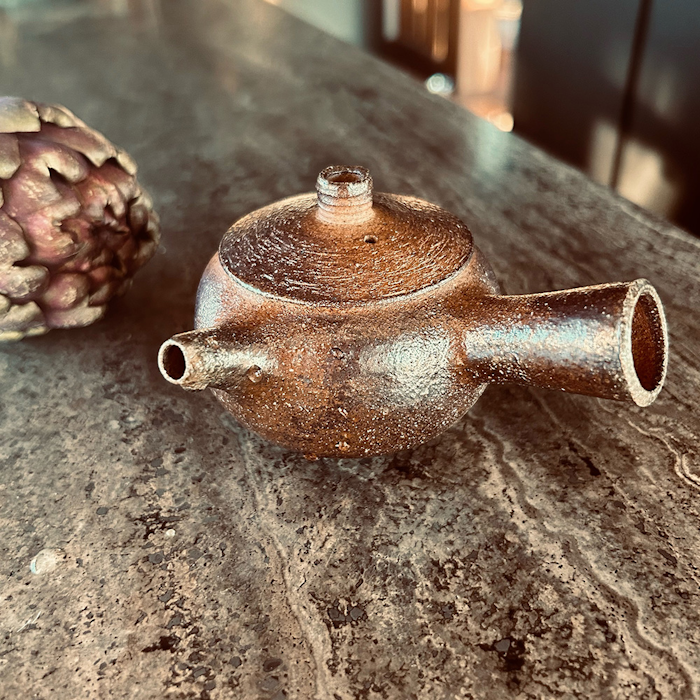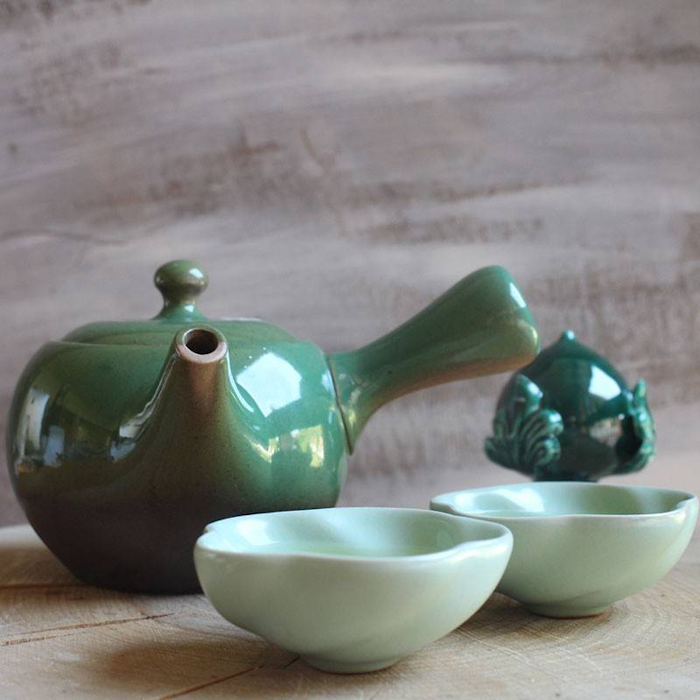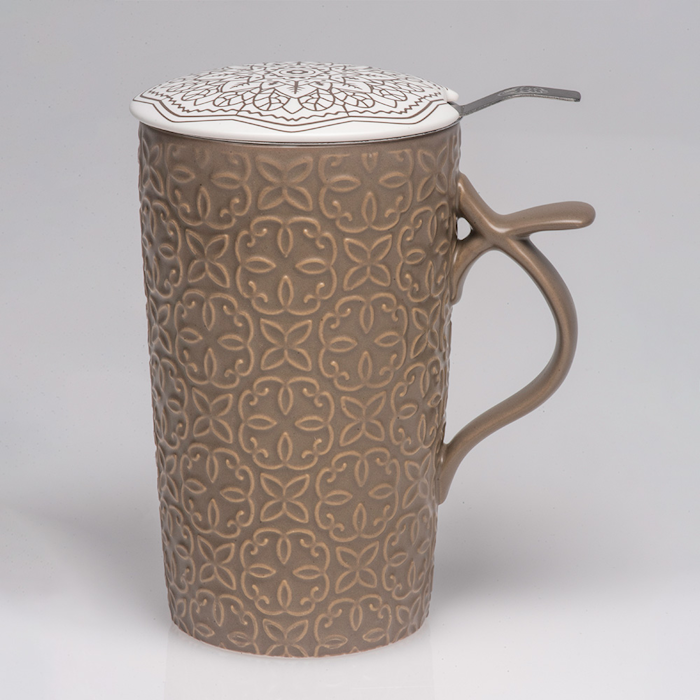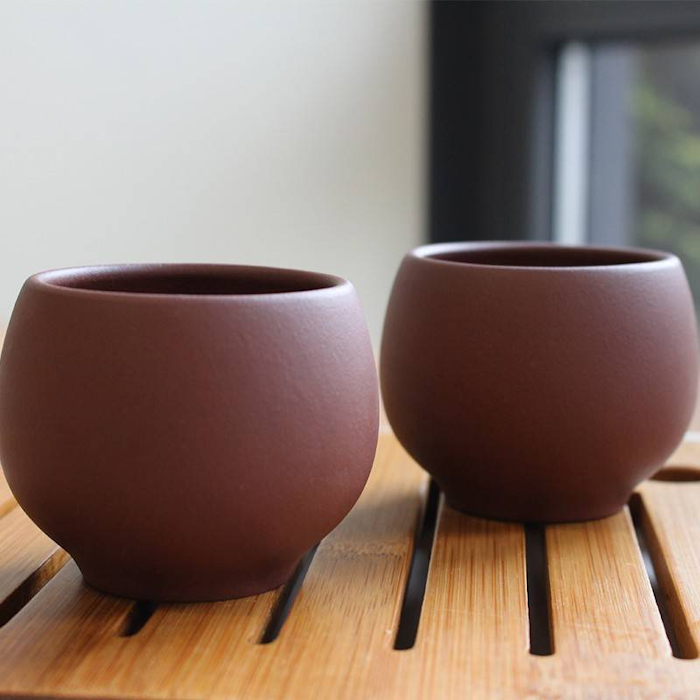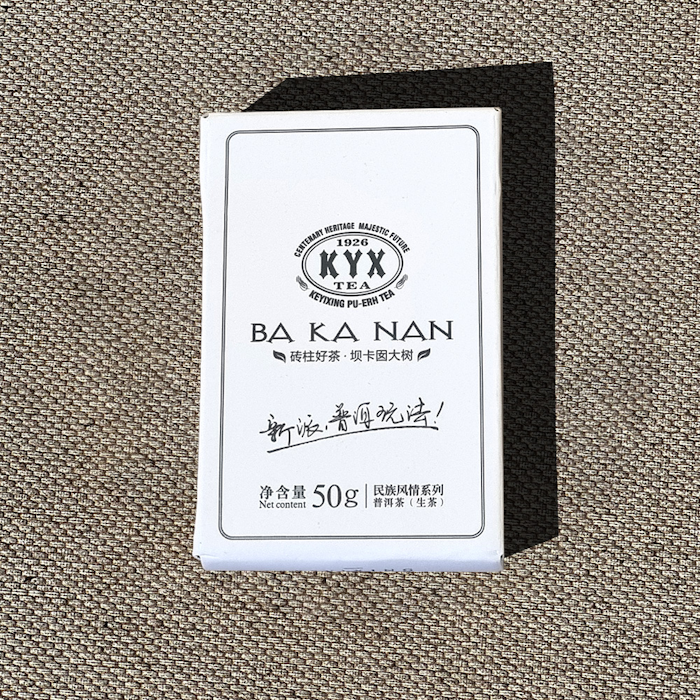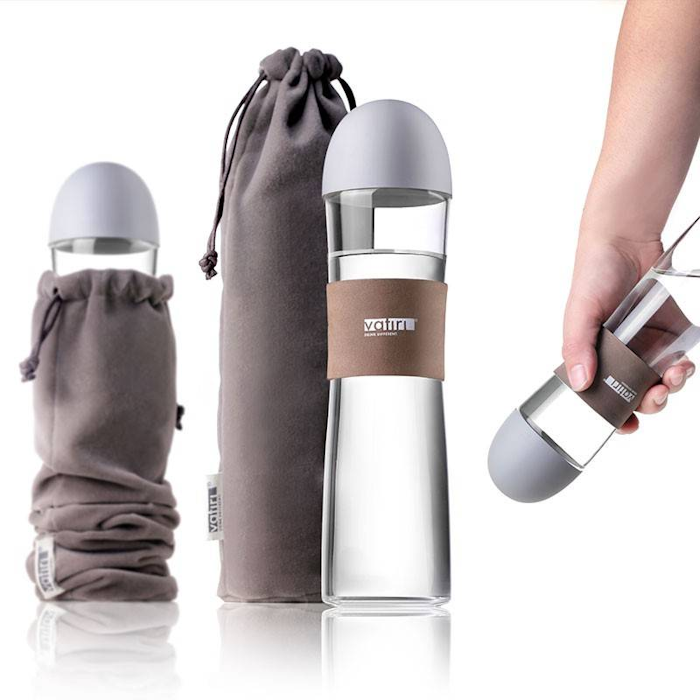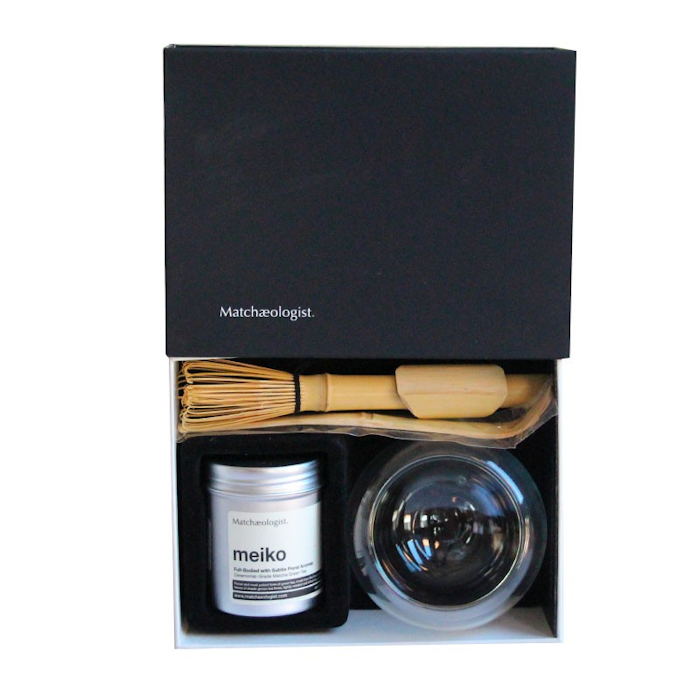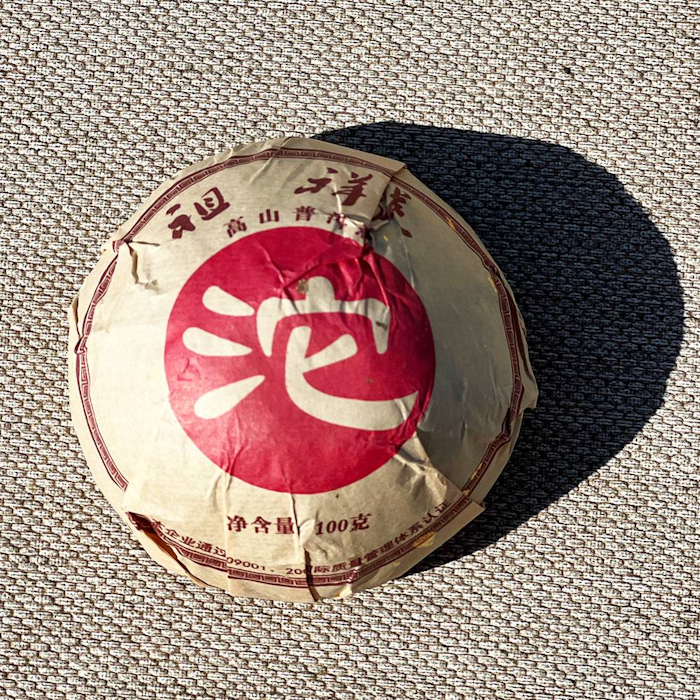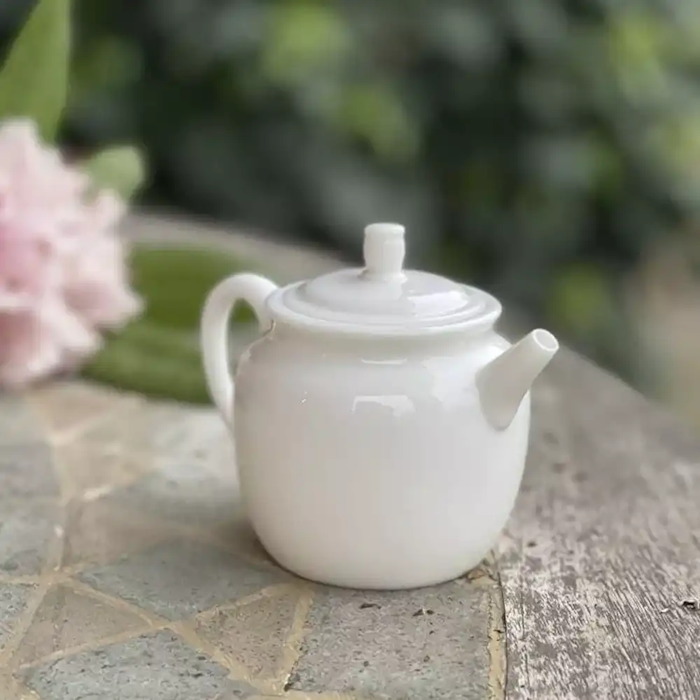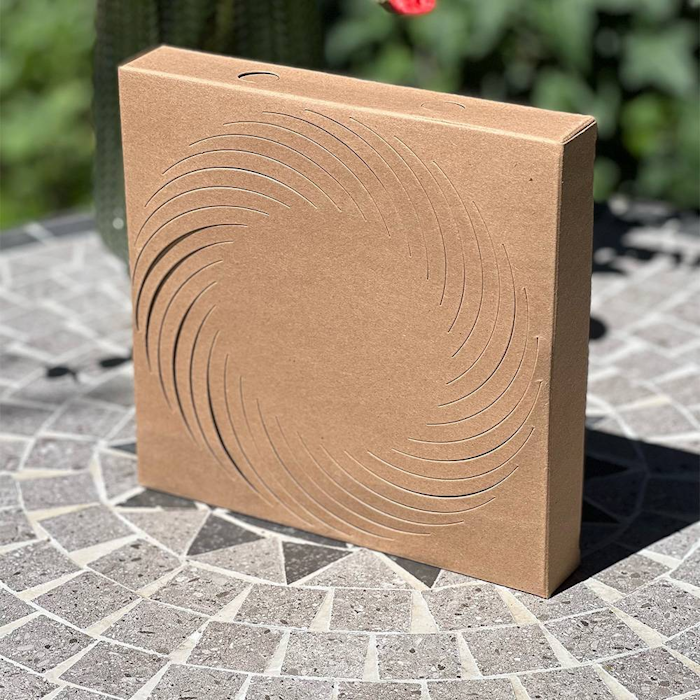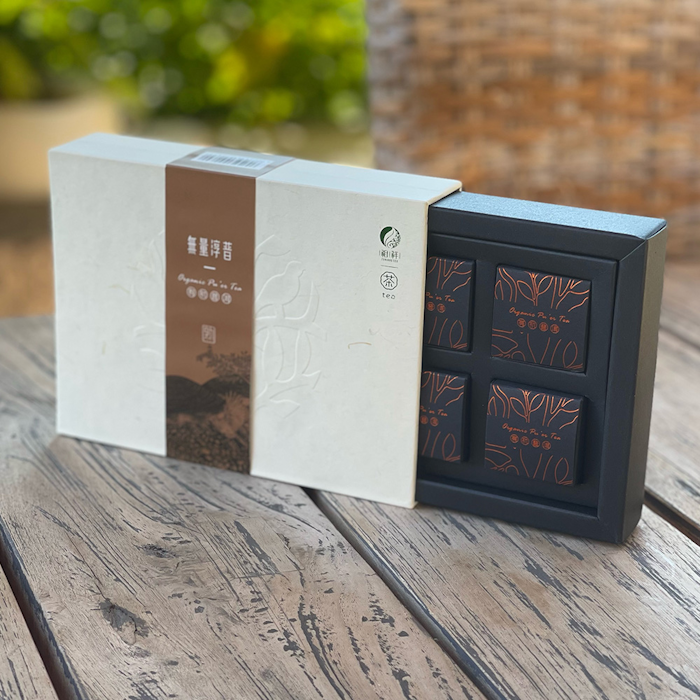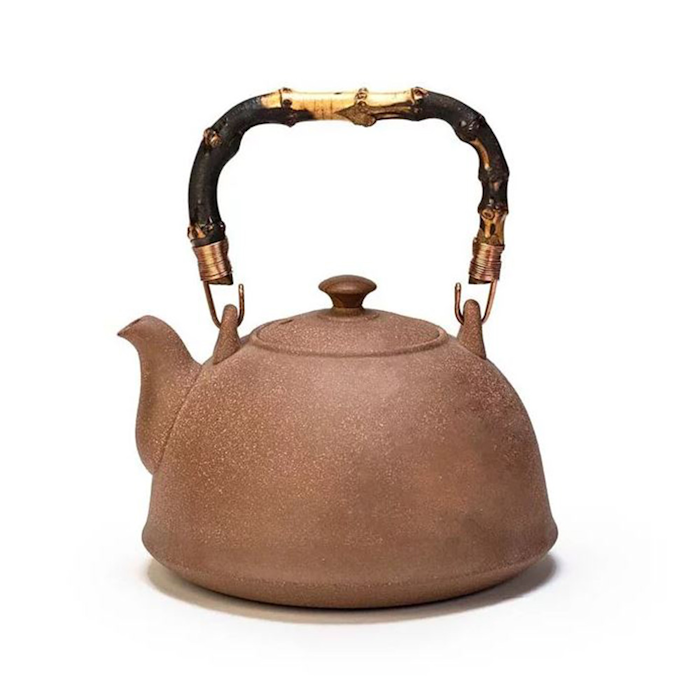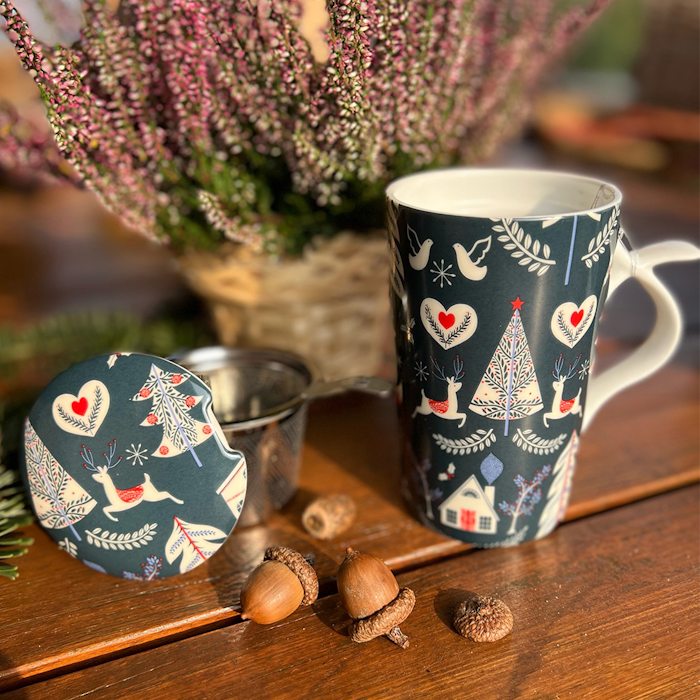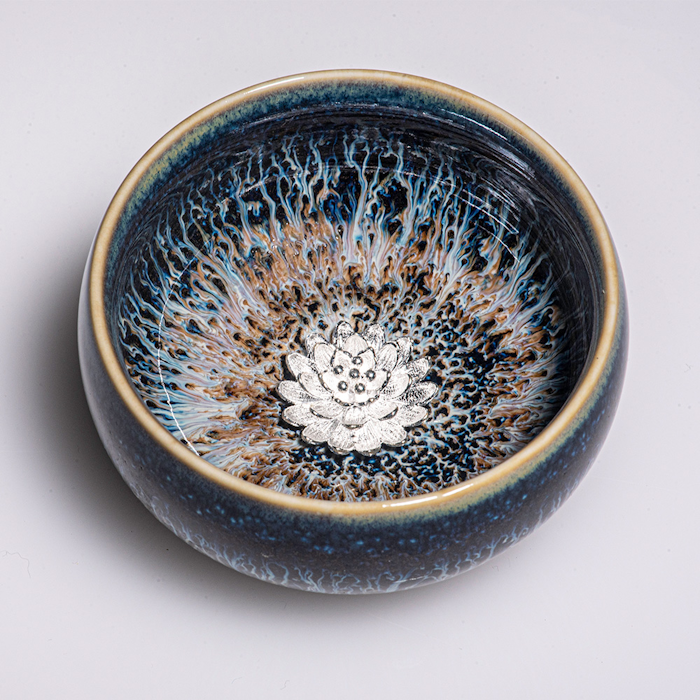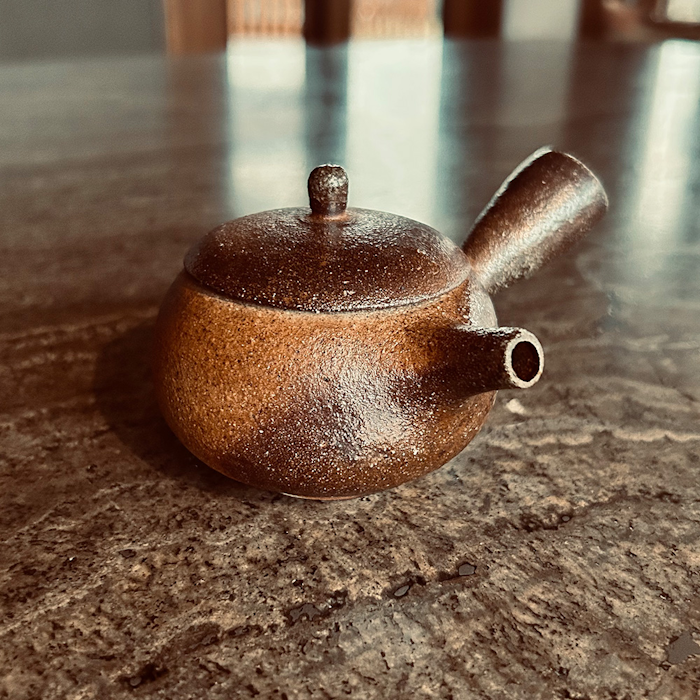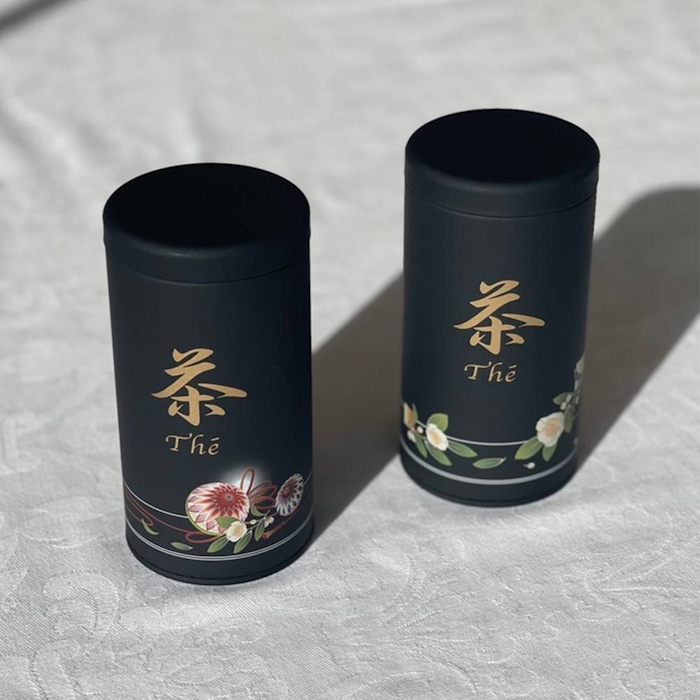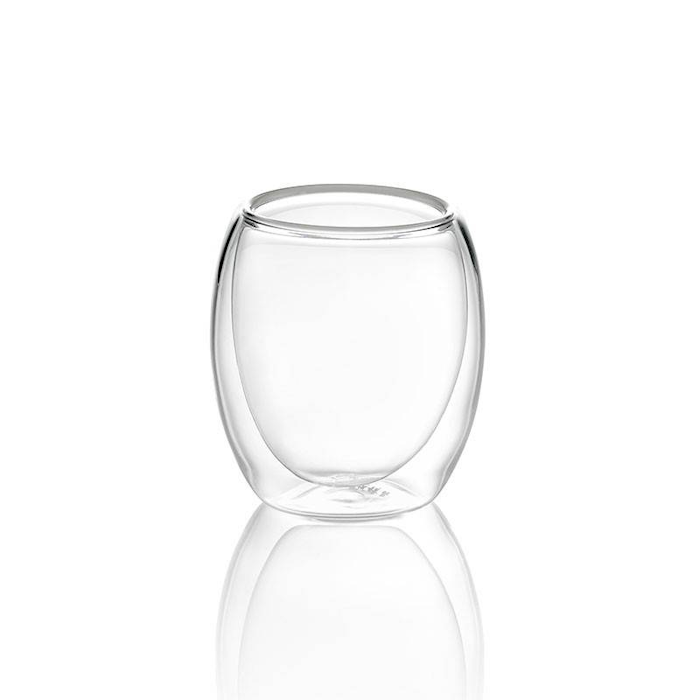This Puer Shu tea is part of the variant within the puer tea type that uses the biological activity of certain microorganisms to create a distinct flavor profile during processing. This fermentation practice has a fairly recent history and was developed to try as quickly as possible to emulate the flavors and body of very aged puer sheng (or raw). Because of its enveloping, sweet, and distinctive flavors, puer shu has won the esteem of many tea drinkers over the years, which is why it can be easily found at many retailers today.
This tea is also referred to as "cooked" puer because to allow for good fermentation, the leaves are kept covered and an attempt is made to have the exothermic chemical reactions that occur at that stage keep the plant mass at temperatures around 50 degrees Celsius.
This 2010 puer tea cake was processed and pressed in the Menghai area from small leaves (gong ting) from the mountains in this same area, in the eastern part of Xishuangbanna.
The flavors of this liquor are very distinctive: unlike many other puer shu, this tea opens with a vegetal flavor and a fairly textured body, traceable to the taste of the thick, white coast that some large leafy vegetables such as chard and some types of cabbage possess. After these bitterness-free notes there is a slight earthy flavor on the back of the tongue, which will slowly expand on the palate giving a clear example of the typical flavor that these teas take on through fermentation.
Location of origin
Menghai - Yunnan, China
Production
After harvesting, the leaves are left to wither in the sun for a certain amount of time depending on the producer before going through the "killing the green" stage, which is purportedly similar to that used to produce green teas. The particularity in this case lies in not heating the leaves as much as is done for a green tea so that certain enzymes are preserved that modify the flavors over time. Once the leaves are cooked they are taken in large quantities and stacks of them are made about 40 to 50 centimeters high then covered with a cloth where the fermentation process will take place. Here the producer will have to skillfully move the leaves around and wet them lightly as he goes to ensure that the fermentation advances steadily and is distributed as evenly as possible. Once this process is finished, which can last from 20 to 70 days, the leaves are expanded and left in contact with the air so that the microorganisms dry out and die, leaving the finished product. Once they get here the mass of leaves will be pressed in order to facilitate better transport and aging conditions. To press the leaves they are invested by a strong jet of steam that is able to soften them externally without changing their internal moisture and, once this state is reached, it will be enough to put them in a bag and close it very tightly around them to give them the desired shape. To ensure that this structure remains fixed over time, the sack is left for hours under a stone or mechanical press while the leaves lose that vapor with which they had been in contact in the previous stage.
Preparation
We strongly recommend infusing this tea in the traditional Chinese method (gong fu cha) to enjoy these leaves at their best. Following this preparation, 5 grams of leaves can be used in a gaiwan of about 150 ml to obtain multiple infusions with different tastes. After a quick rinse of the leaves in water at 95°C, a first infusion of 15 seconds can be made, and after that, keeping the water at the same temperature, the time can be increased each time by 5 seconds compared to the previous infusion (15-20-25-30 ...).
This tea has a longevity of about 9 infusions.
For a classic preparation according to the Western style, we recommend 3 grams of leaves in a 200 ml cup with water at 95°C for an infusion time of 3 minutes.
The tea can be filtered for ease when tasting and also the infusion times given here above are meant to be purely indicative so you can also adjust according to your personal taste.
We recommend storing in a cool, dry place away from direct sunlight.
The tea is also recommended to be brewed in a cool, dry place away from direct sunlight.









